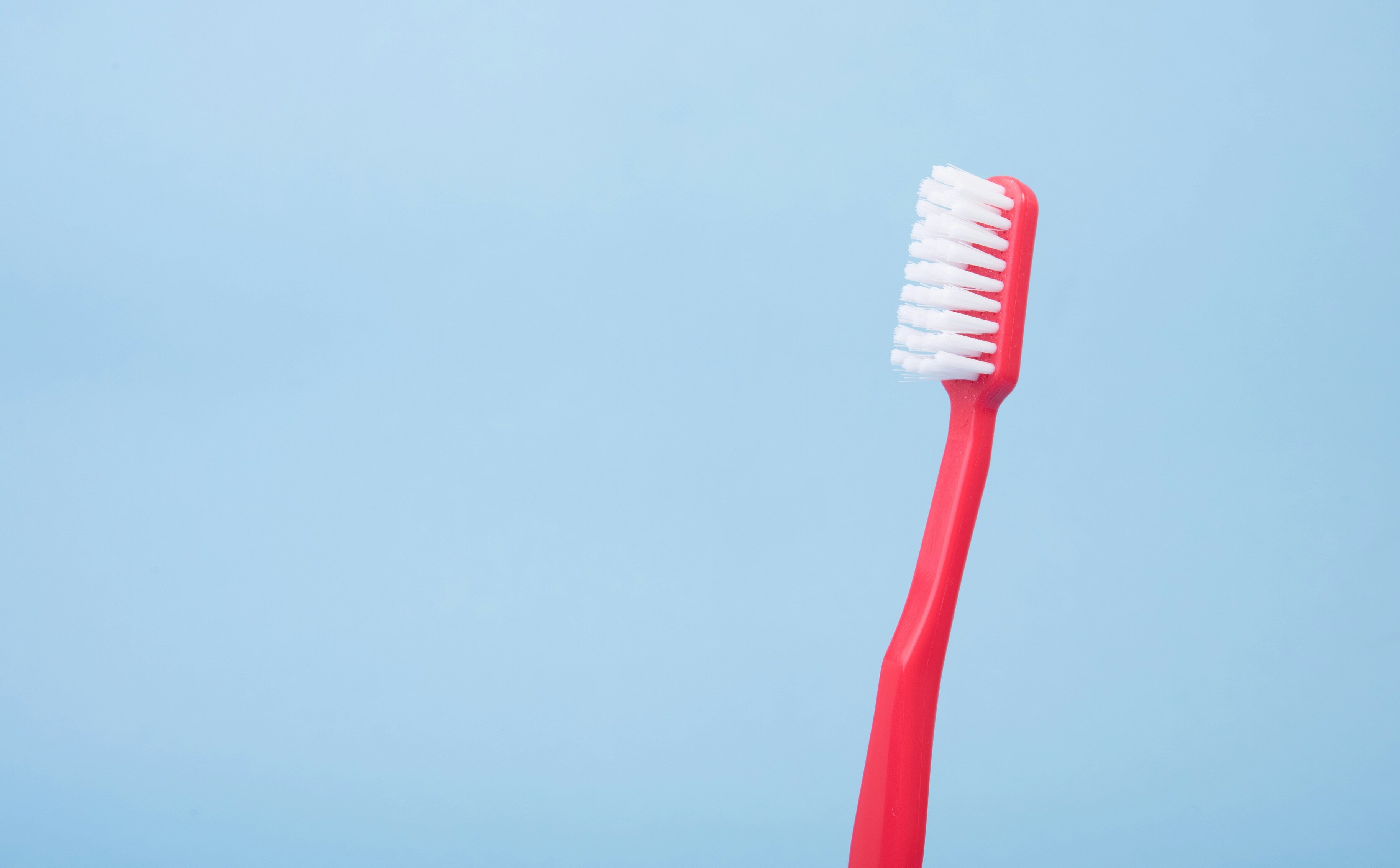
Why Whitening Your Teeth MIGHT Be A Mistake
Sure, pristine white chompers might be the goal, but are those expensive whitening treatments worth it? Do harsh toothpastes actually do more harm than good? Before you grab that whitening toothpaste or book an in-office bleaching treatment, you might want to reconsider. Whitening your teeth might actually make them more yellow in the long run. You’ve got questions, we’ve got answers, let’s take a bite.

The Truth About Abrasive Toothpastes
Many whitening toothpastes on the market rely on abrasive ingredients to scrub away surface stains. While this might sound effective, it can actually do more harm than good. According to Dr. Kevin Sands, a cosmetic dentist in Beverly Hills, "Abrasive toothpastes can wear down the enamel, which is the outer protective layer of your teeth. Once the enamel is worn down, it doesn't regenerate, and this can lead to increased sensitivity and a yellowing appearance as the dentin underneath becomes more exposed."
Dentin, the layer beneath the enamel, is naturally yellow. So, when you strip away the enamel with harsh abrasives, you’re actually revealing more of that yellow dentin. This is why some people find that their teeth look more yellow after using whitening toothpaste over time. Plus, that dentin acts as a protective layer so your teeth can become more sensitive to cold and heat as well as weaker in the long run.

The Myth of Fake Whitening Effects
Many over-the-counter whitening products give the illusion of whiter teeth, but the results are often temporary and superficial. These products often contain ingredients that create a film or coating on the teeth, giving a fake whitening effect. Dr. Mark Burhenne, a family dentist and founder of Ask the Dentist, explains, "These temporary whitening products can be misleading. They don’t actually change the color of your teeth but instead mask it with a short-lived coating that quickly wears off."
The problem with these quick fixes is that they’re just that, quick fixes. Just like your highschool football or baseball coach probably hammered into you, there are no short cuts and these treatments don’t address the underlying causes of tooth discoloration. Instead of making your teeth truly whiter, they’re just masking the problem, and when the effect wears off, you might find your teeth looking duller and more yellow than before.
Over-Whitening and the Dangers of Dentin Exposure
One of the biggest mistakes people make with teeth whitening is overdoing it. Whitening your teeth too frequently or using products that are too strong can lead to a host of issues, including increased sensitivity, gum irritation, and even damage to the tooth structure. Just like using those overly abrasive toothpastes, one of the most surprising side effects of over-whitening is the potential for your teeth to become more yellow.
When you over-whiten your teeth, you can wear down the enamel to the point where the dentin starts to show through. "Dentin is naturally yellow, and over-whitening can lead to its exposure," says Dr. Ruchi Sahota, a spokesperson for the American Dental Association. "This can give the appearance of yellow teeth, even though you’re trying to achieve the opposite effect."
In addition to exposing the yellow dentin, over-whitening can also make your teeth more porous, which can make them more susceptible to staining from foods and drinks like coffee, tea, and red wine.

The Fixes
If you’re looking to brighten your smile, there are safer and more effective ways to do it. First, focus on maintaining good oral hygiene habits, like brushing twice a day and whitening gently and naturally. Use a gentle toothpaste that can whiten effectively without the overly harsh abrasive ingredients and synthetic chemicals. You can also using a mouthwash that’s designed to reduce staining without the harsh abrasives.
For a more natural whitening approach, consider incorporating foods that are known to promote oral health and naturally whiten teeth, such as crunchy fruits and vegetables like apples, celery, and carrots. These foods help scrub away surface stains and increase saliva production, which naturally cleans your teeth.
And if you’re considering a professional whitening treatment, talk to your dentist about the risks and benefits. They can help you find a solution that’s tailored to your needs and won’t put your enamel at risk.
The Bottom Line
Whitening your teeth might seem like a quick fix for a brighter smile, but it’s important to be aware of the potential risks. Harsh abrasives, fake whitening effects, and over-whitening can all lead to more harm than good, leaving your teeth more yellow than before. Instead, focus on maintaining a healthy smile through good oral hygiene and safer, natural methods. Your teeth—and your smile—will thank you.
Related Posts
WTF are Plant Butters?
Wed, Jan 22, 2025• Grooming & Personal Care Natural Living & Health
You might be wondering, “WTF are “plant butters”? Is that like vegan “I can’t believe it’s not butter?”. No, but we’re glad you asked. These rich, ...
Read More5 Protips For A Better Shave
Fri, Jan 03, 2025• Grooming & Personal Care
Let’s be real, shaving is a combat sport. I mean you’re dragging a sharp blade across your face on the reg. Nicks, irritation, tight, dry skin afte...
Read MorePucker Up: Lip Care For Men 101
Fri, Dec 20, 2024• Grooming & Personal Care
Let’s face it (see what we did there?)—lip care is for everyone. Whether you're battling the elements, exploring the great outdoors, or just living...
Read MoreHow To Choose the Right Cool Weather Scent
Mon, Dec 16, 2024• Grooming & Personal Care
No matter where you’re at, we deep into the cool and cold weather (well, not you Hawaii) and that means it’s time to evaluate your scent seasonalit...
Read More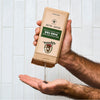

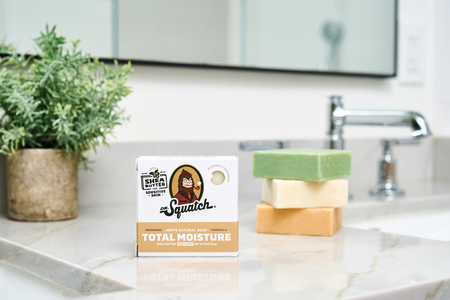
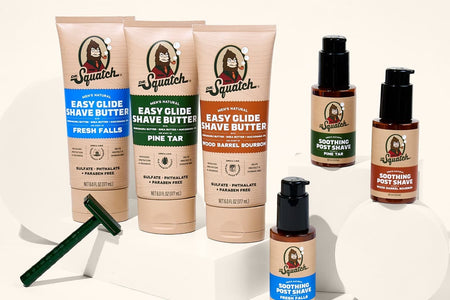
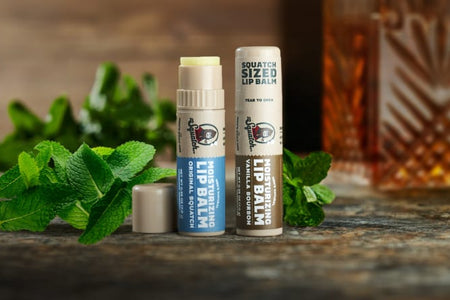

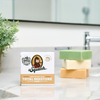
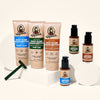
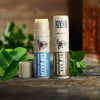


Leave a Reply
Your email address will not be published. Required fields are marked *